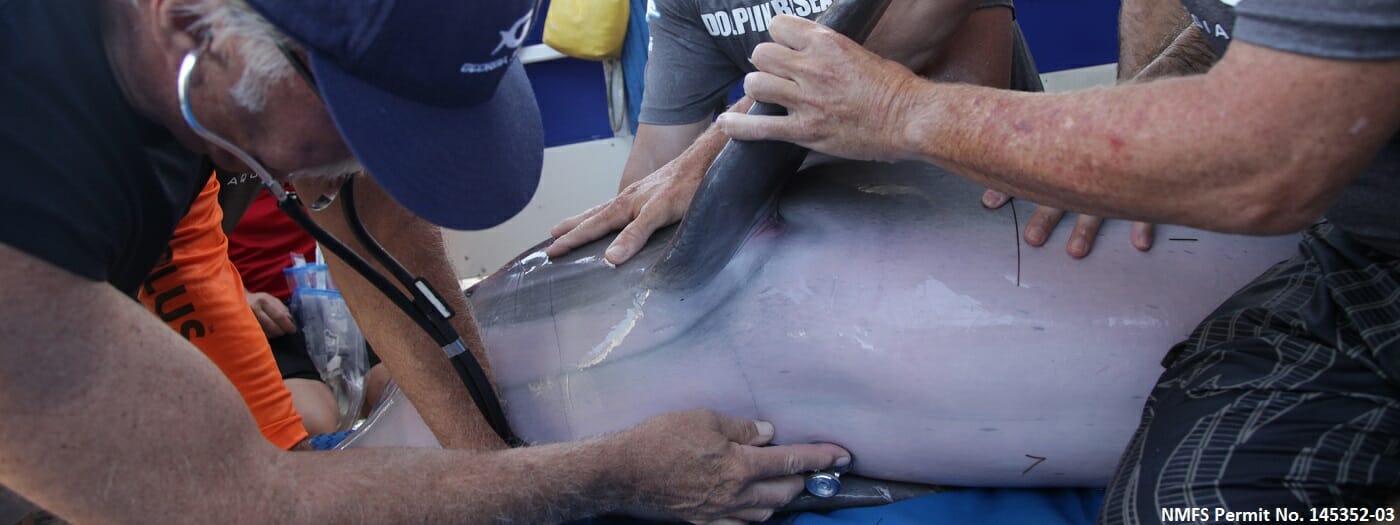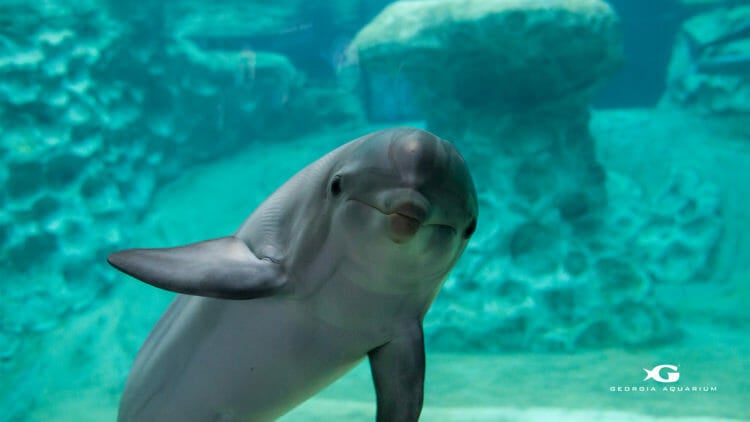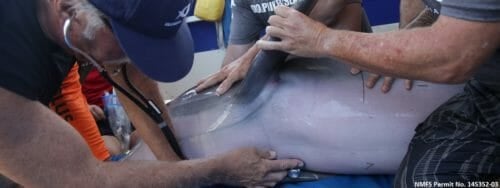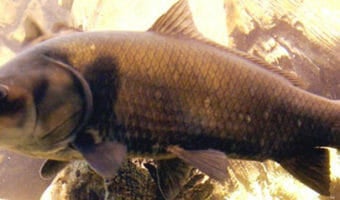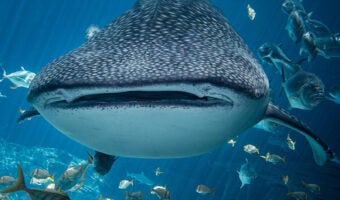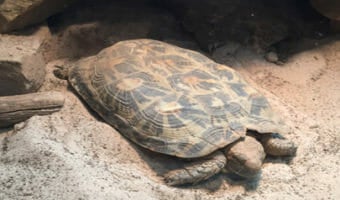2003 – 2007: Comprehensive examinations were conducted on 240 bottlenose dolphins in the Indian River Lagoon (IRL), Florida, and in Charleston, South Carolina. The results from this investigation have resulted over 40 peer-reviewed publications. Health examinations include a complete physical examination, ultrasound survey and the collection of a suite of traditional and specialized biologic samples analyzed by a multidisciplinary and multi-institutional effort.
2010: Twenty-six dolphins received a health examination through which biological samples were collected, and then the dolphins were released. Participants in the 2010 study included researchers from the Centers for Disease Control and Prevention, Florida Department of Health, National Oceanic and Atmospheric Administration (NOAA), Florida Atlantic University, Marineland Dolphin Adventure, Georgia Aquarium and the Conservation Field Station previously owned by the Georgia Aquarium.
2011: Together with staff from HBOI and as many as 90 scientists, support staff, students and volunteers, research and veterinary staff from Georgia Aquarium and GACFS examined and released dolphins in different parts of the IRL. The team gathered information on the health of each animal and collected blood and tissue samples that have supported a staggering diversity of research projects encompassing immunology, infectious disease studies, genetics, toxicology and epidemiology. These samples have helped to continue our pathologic investigations of dolphin health and to explore the chemistry of these biological fluids to find indicators of health or disease.
2012: With special federal permission from the NOAA, the 2012 HERA assessment was filmed by the Ocean Mysteries with Jeff Corwin production crew for its season two premiere. Working with staff from HBOI, Georgia Aquarium and several other organizations assisted in the examination and safe release of 18 bottlenose dolphins in the IRL. Assessments included blood draws, blowhole samples, tooth checks, ultrasounds and urine and fecal samples, which were then analyzed by over 40 HERA scientific collaborators.
2015: A team of researchers from Georgia Aquarium and other conservation partners performed health assessments on dolphins from the northern part of the IRL. Thirty-one dolphins were examined and safely released. Biological samples collected from dolphins were analyzed by laboratories that are HERA scientific collaborators, and the data was then added to the HERA database.
